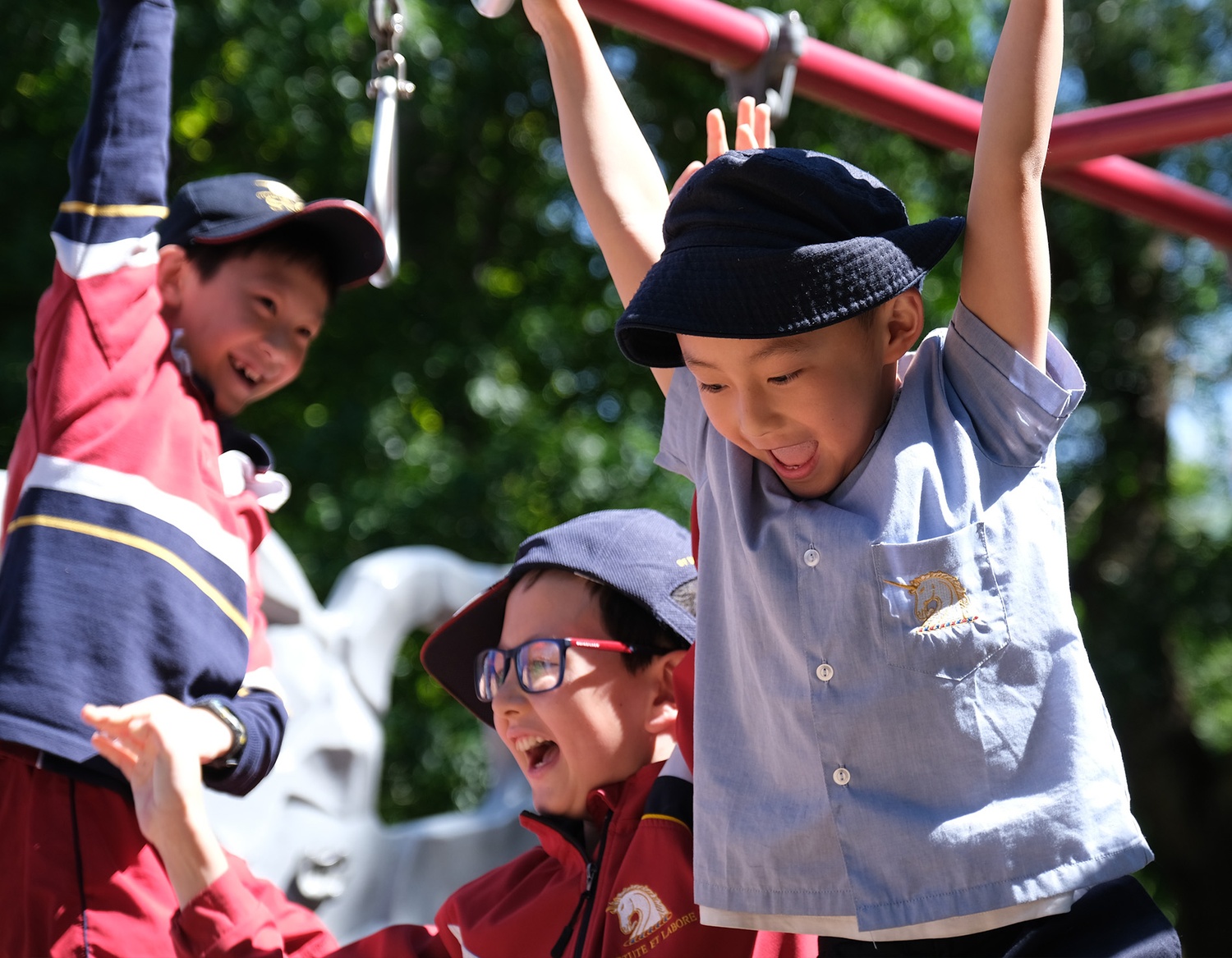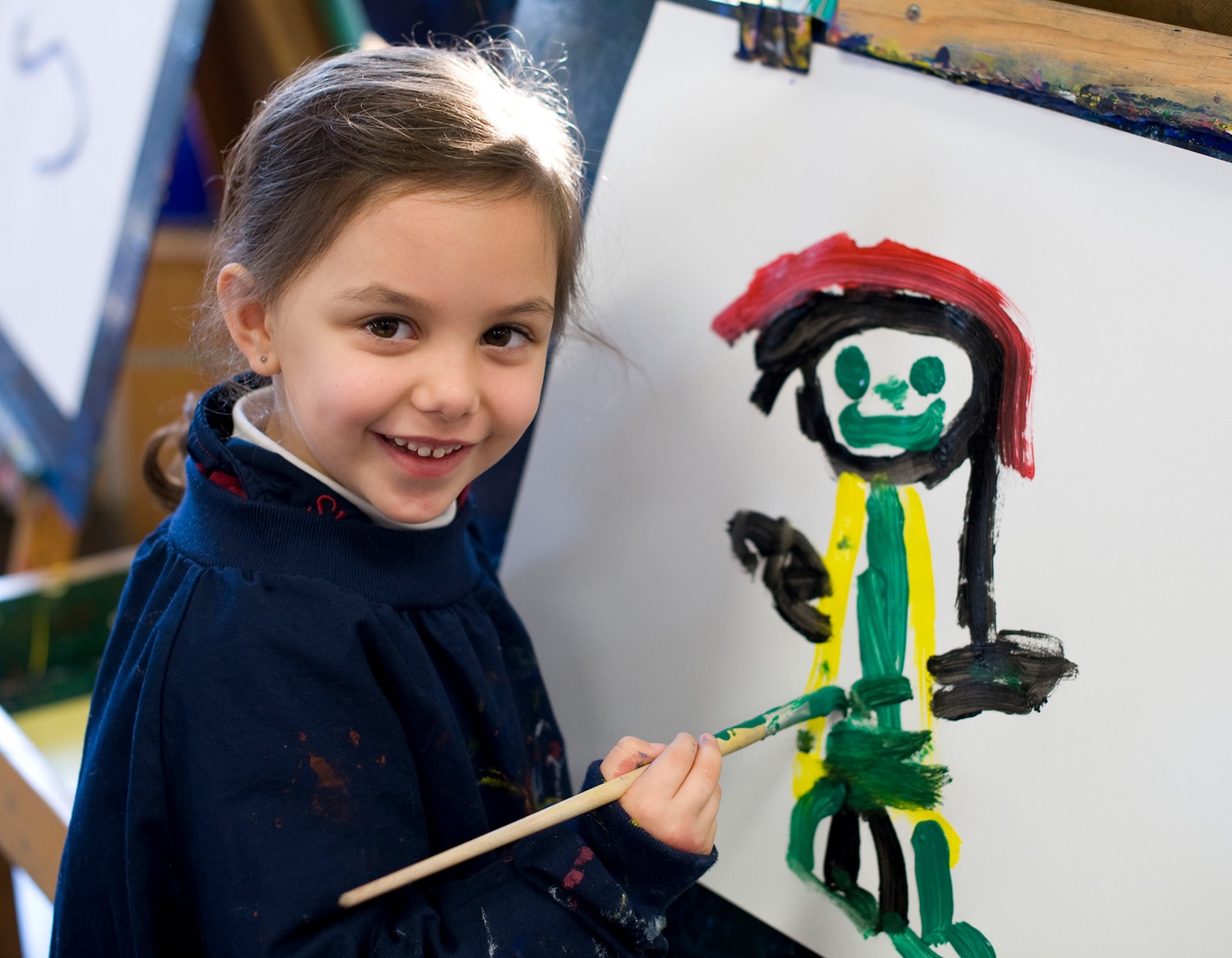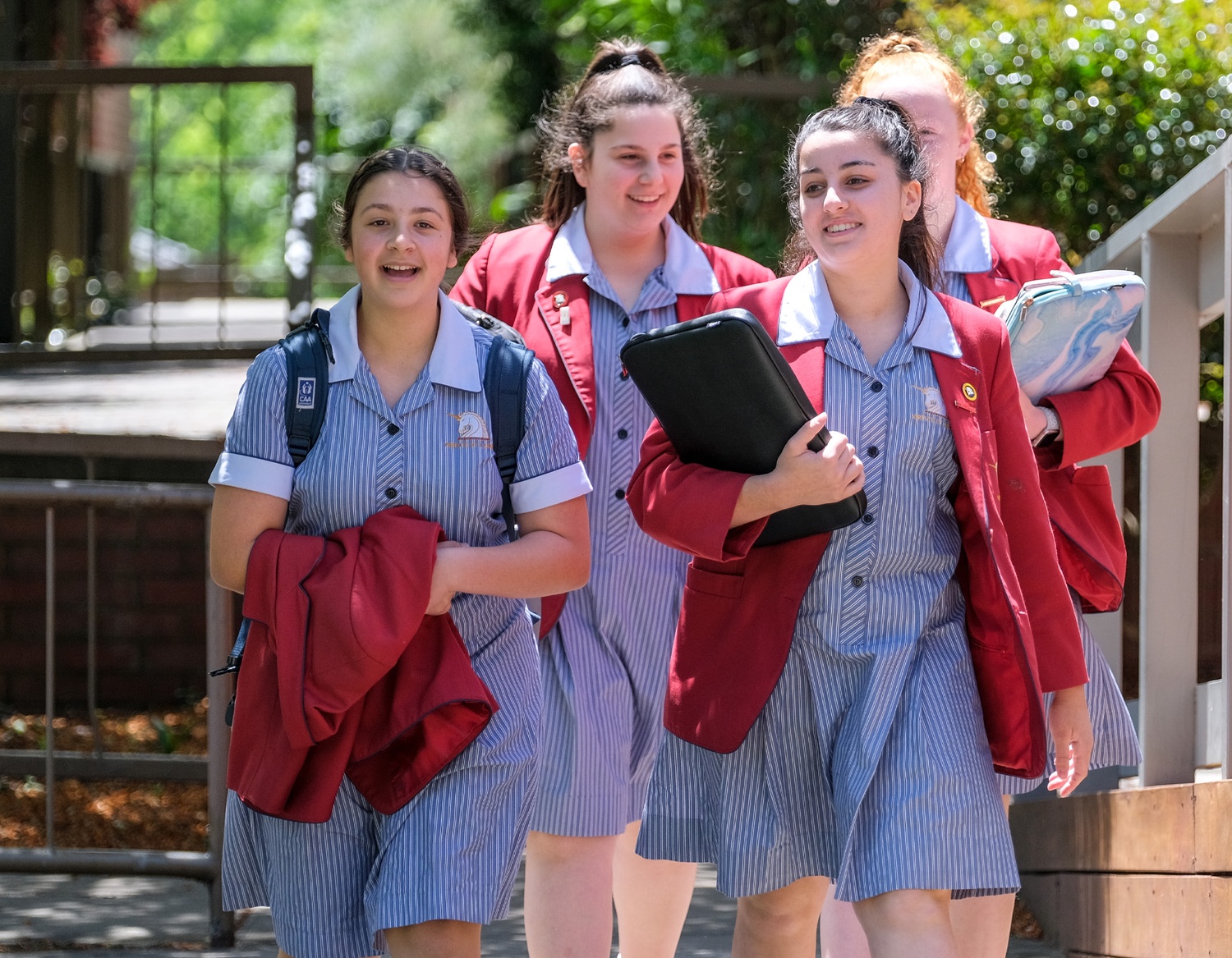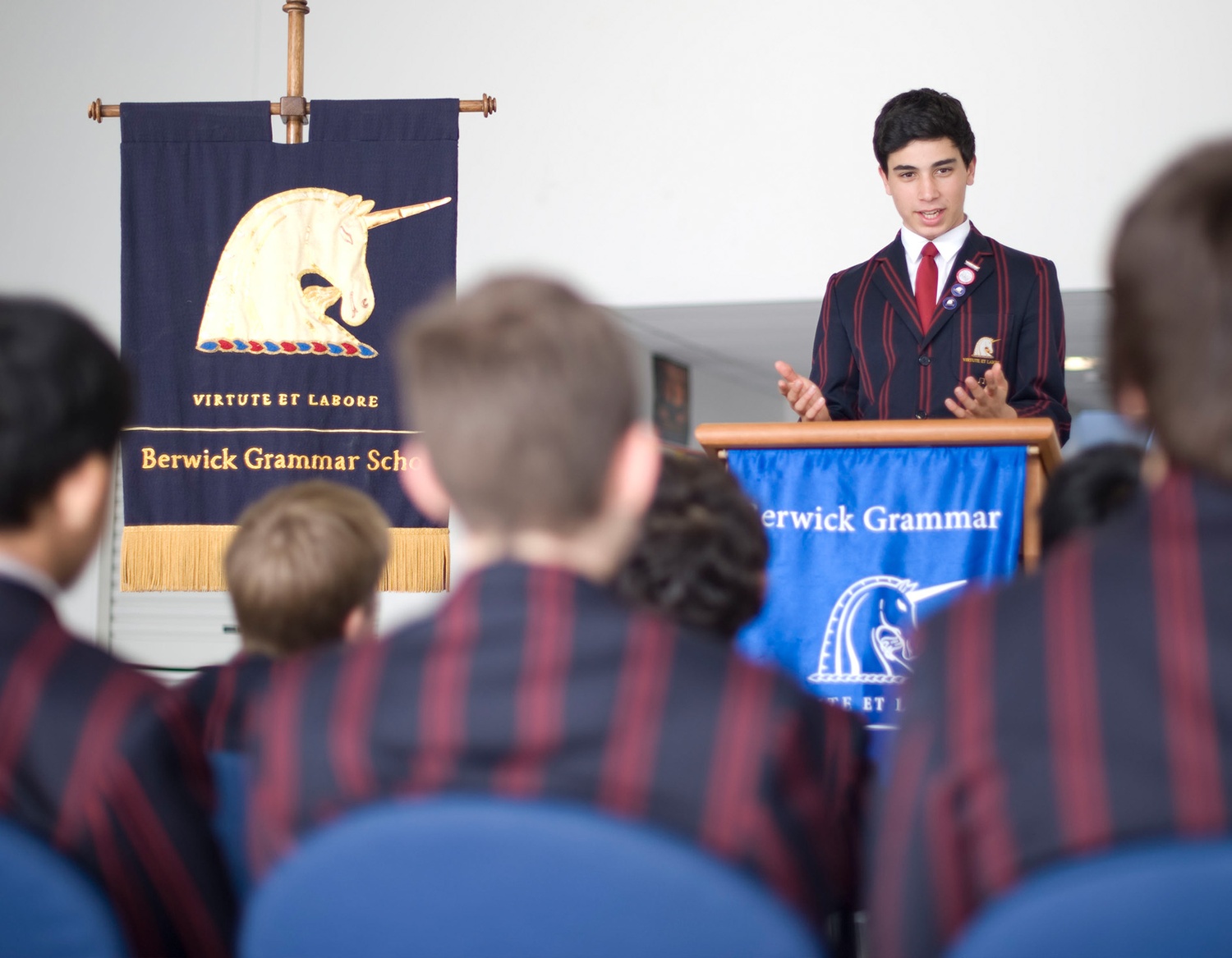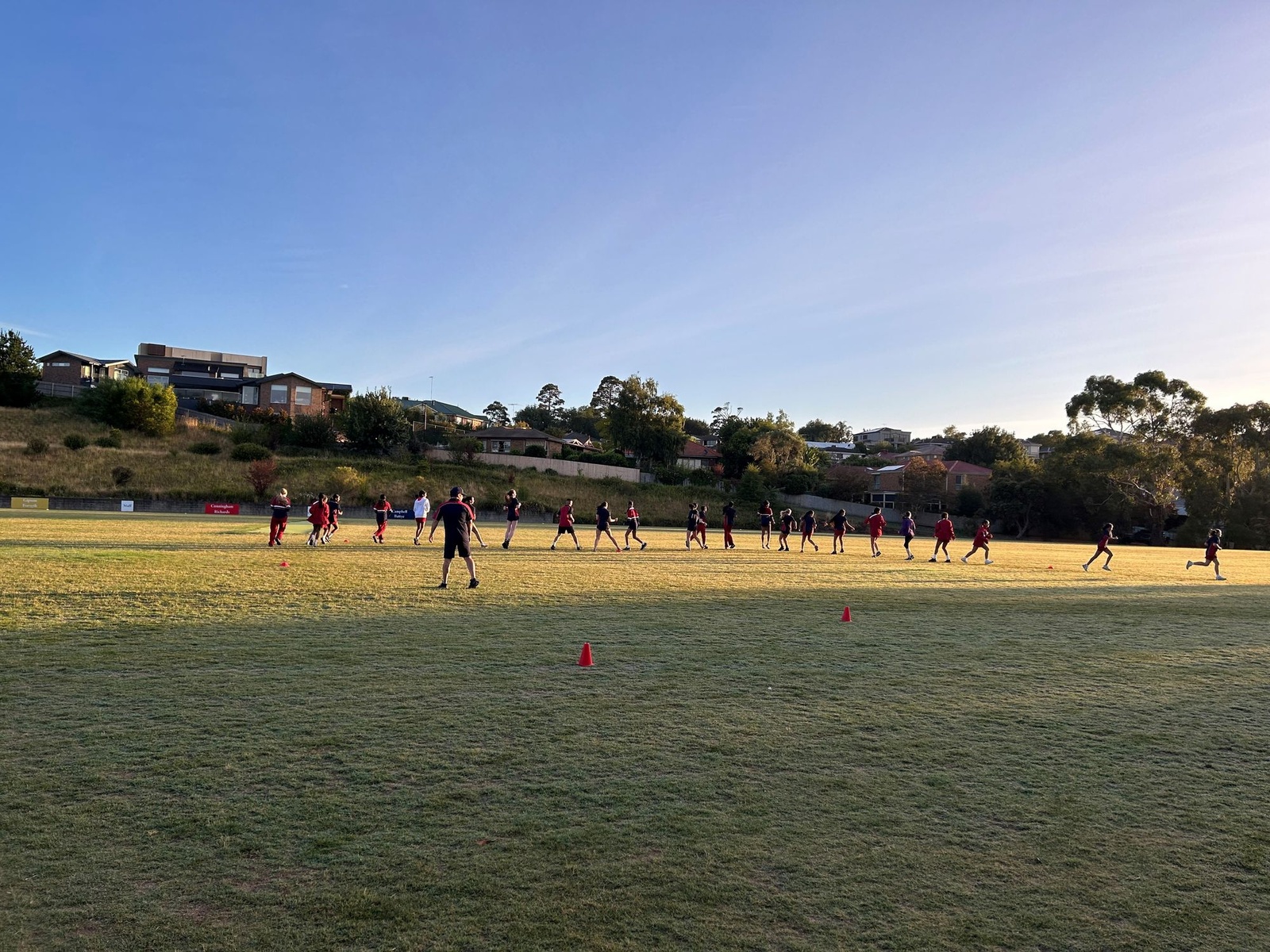The study of VCE Physical Education allows students to practice and apply knowledge pertaining to anatomy, physiology, physical activity participation and performance. Students study human physiology including, structure, function and practices relating to the musculoskeletal and cardiorespiratory systems.
Students develop understanding of physical activity, sport and society from a participatory perspective, including enablers and barriers to physical activity and ways in which participation in physical activity can be extended in various communities, social and contexts.
VCE Physical Education allows students the opportunity to participate in a range of physical activity opportunities aimed at applying theoretical concepts, including class-based sport and exercise, incursions and excursions that promote understanding of areas such as anatomy and physiology, performance enhancement, community physical activity participation and opportunities.
The application of theoretical understanding and practice is central to the study of VCE Physical Education. Through a range of theoretical and practical application settings, students are introduced to biomechanical and skill acquisition principles used to analyse human movement skills as well as investigating the physiology of and contribution of energy systems in energy production and strategies used to postpone fatigue and promote recovery.
Students apply and evaluate knowledge and understanding of fitness training methods and consider the physiological, psychological and sociological requirements of training to design and evaluate an effective training program. Improved fitness and the evaluation of the chronic adaptations to training from a theoretical perspective is also undertaken.
Students are afforded opportunities to apply theoretical knowledge via participation in a range of state of the art biomechanical, activity data analysis and physiological testing laboratory-based activities.
The human body in motion
In this unit, we will learn how our muscular and skeletal systems work in combination with our cardio-vascular and respiratory systems to produce energy and movement. We undertake practical activities to apply understanding in how these systems work together during different physical activity, sports and exercise activities. We also investigate how our body systems respond depending on the type of activity participated in.
Students also consider the different methods and implications pertaining to legal and illegal performance enhancement. We study the potential benefits and harms of using these practices. Further, we investigate how to stay safe and healthy while exercising and recommend and implement strategies to minimise the risk of illness and injury to our body.
Area of Study 1: How does the musculoskeletal system work to produce movement?
Area of Study 2: How does the cardiorespiratory system function at rest and during physical activity?
Physical activity, sport and society
This unit develops a student’s understanding of physical activity, sport and society from a participatory perspective. We learn about different types of physical activities and how they can benefit us, as well as how sedentary behaviour (like sitting for long periods of time) can affect our health negatively. We will investigate how physical activity affects different population groups, and how social and environmental factors can impact participation in physical activity. Aspects that can make it easier (enablers) or harder (barriers) to be physically active are considered, and we explore different strategies for promoting physical activity in our communities. We study models such as the social-ecological model and/or the Youth Physical Activity Promotion Model to help understand influences affecting physical activity participation and how to effectively encourage and support people to be more physically active. By the end of this unit, students are able to analyse and critique different approaches to promoting physical activity and understand the importance of being active for our health and wellbeing.
Area of Study 1: What are the relationships between physical activity, sport, health and society?
Area of Study 2: What are the contemporary issues associated with physical activity and sport?
Assessments
School-assessed tasks provide a range of opportunities for students to demonstrate the key knowledge and key skills in the outcomes. All assessments at Units 1 and 2 are school-based. Assessment tasks include a written report, reflective portfolio and structured questions.
Movement skills and energy for physical activity
This unit introduces students to the biomechanical and skill acquisition principles used to analyse human movement skills and energy production from a physiological perspective. Students use a variety of tools and techniques to analyse movement skills and apply biomechanical and skill acquisition principles to improve and refine movement in physical activity, sport and exercise. They use practical activities to demonstrate how correct application of these principles can lead to improved performance in physical activity and sport. Students investigate the relative contribution and interplay of the three energy systems to performance in physical activity, sport and exercise. In particular, they investigate the characteristics of each system and the interplay of the systems during physical activity. Students explore the causes of fatigue and consider different strategies used to postpone fatigue and promote recovery.
Area of Study 1: How are movement skills improved?
Area of Study 2: How does the body produce energy?
Training to improve performance
In this unit students analyse movement skills from a physiological, psychological and sociocultural perspective, and apply relevant training principles and methods to improve performance within physical activity at an individual, club and elite level. Improvements in performance, in particular fitness, depend on the ability of the individual and/ or coach to gain, apply and evaluate knowledge and understanding of training.
Students analyse skill frequencies, movement patterns, heart rates and work to rest ratios to determine the requirements of an activity. Students consider the physiological, psychological and sociological requirements of training to design and evaluate an effective training program. Students participate in a variety of training sessions designed to improve or maintain fitness and evaluate the effectiveness of different training methods. Students critique the effectiveness of the implementation of training principles and methods to meet the needs of the individual, and evaluate the chronic adaptations to training from a theoretical perspective.Top of Form
Area of Study 1: What are the foundations of an effective training program?
Area of Study 2: How is training implemented effectively to improve fitness?
Assessment:
School-assessed coursework for Units 3 and 4 will each contribute 25 percent to the final study score.
The level of achievement for Unit 3 and 4 is also assessed by an end-of-year examination, which will contribute 50 percent to the final assessment.
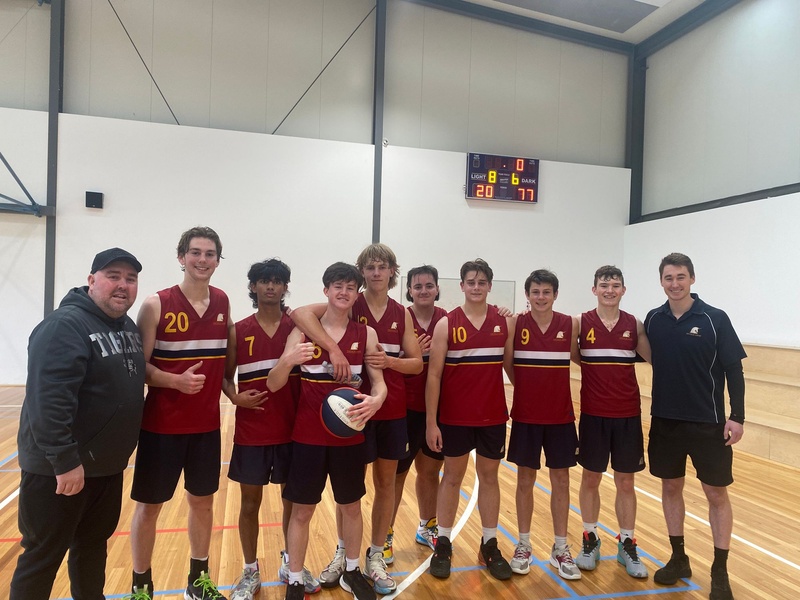
Selection advice
What kind of learner is best suited to study this subject?
Kinaesthetic learners are suited to this subject as well as students who enjoy the opportunity to apply theoretical learning in real world settings and activities. Students interested in anatomy and physiology, how the body systems work and physical activity, sport and society from a participatory perspective enjoy the subject. An interest/understanding of Science would be helpful.
What key skills are required for success?
Application of knowledge that specifically addresses practical situations, consistent revision of content and terminology and
What are three most engaging topics studied?
Unit 1 & 2: Body Systems, Performance Enhancement and Enablers and Barriers to Physical Activity
Unit 3 & 4: Biomechanics, Energy Systems, Chronic (Long Term) Adaptations to Exercise
What are the learning activities in this subject like?
Practical and laboratory applications, research, concept mapping, content focus and interaction, critical thinking and communication and interactivity activities
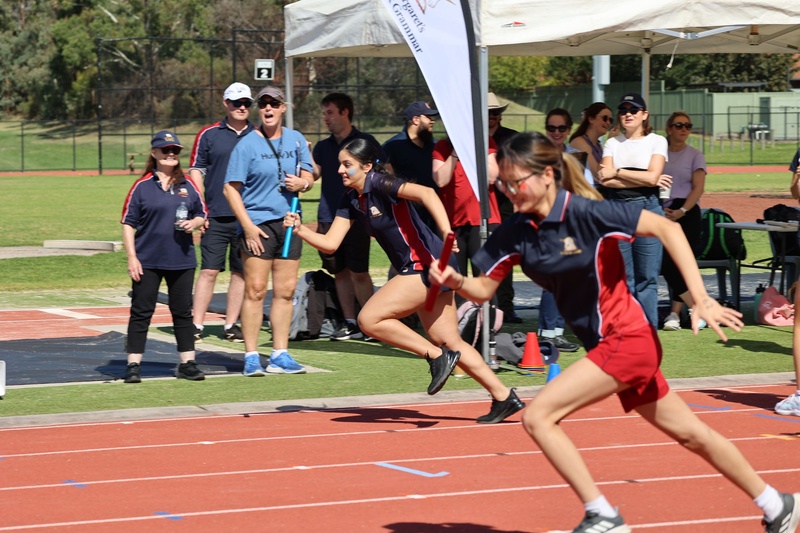
Student perspective
What advice would you give to a student about to embark on this subject?
A positive attitude is essential for success in Physical Education. Approach the subject with an open mind, a willingness to learn, and a commitment to give your best effort. There is a blend of theory based content and practical activities to reinforce the learning. Pay attention to the theory. Whilst it is important that we use physical activity to apply our knowledge; reports, reflections and questions are theoretical in nature. Keep detailed organised notes on the different Key Knowledge areas of each topic and complete as many practice questions as possible before assessment tasks.
What students say
PE is an exciting subject studying a number of areas such as human anatomy, physiology and sports psychology as well as looking at movement principles, improving fitness and influences on performance and participation in physical activity. I’ve particularly enjoyed insight into our body systems and how they work. PE is great because the theory work covered is applicable to so many physical activity, exercise and sporting situations. Whether you’re interested in physical activity recreationally or you’re an elite athlete, you will enjoy your PE studies as we apply learning through several fun and interesting activities.
Catelyn Van Es – Class of 2023
Studies in VCE Physical Education can lead to study and career options in the following areas:
Vocational Pathways:
The study prepares students for employment and/or further study at the tertiary level or in vocational education and training settings in fields such as exercise and sport science, health science, education, recreation, sport development and coaching, health promotion and related careers.
